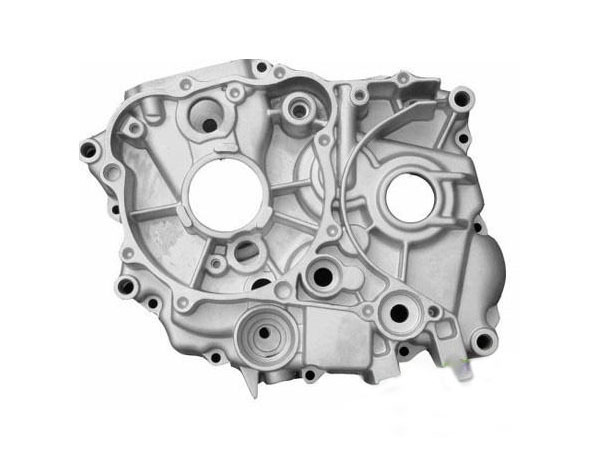The difference between die casting and lost wax casting process
Release time:
2022-06-01
Both processes belong to precision casting, which are very different and are completely different from the two casting processes. Die-casting The molten metal is poured into the steel mold of the die-casting machine and extruded by the die-casting machine. The process is relatively simple and suitable for non-ferrous metal props with lower melting point. Here to analyze the difference between die casting and lost wax casting process. Wax casting is simply to make a wax mold first, then make a shell on the wax mold, then melt the wax mold, and then pour the metal liquid into the empty shell after the wax mold melts and solidifies. The process is complex and suitable for small and medium-sized castings of various alloys. Let's talk about the difference between die casting and lost wax casting process.
Both processes belong to precision casting, which are very different and are completely different from the two casting processes. Die-casting The molten metal is poured into the steel mold of the die-casting machine and extruded by the die-casting machine. The process is relatively simple and suitable for non-ferrous metal props with lower melting point. Here to analyze the difference between die casting and lost wax casting process.
Wax casting is simply to make a wax mold first, then make a shell on the wax mold, then melt the wax mold, and then pour the metal liquid into the empty shell after the wax mold melts and solidifies. The process is complex and suitable for small and medium-sized castings of various alloys.
Let's talk about die casting.and lost wax casting processWhere are the differences between the two processes?
Production cost input:
Die-casting: The disadvantage of die-casting is its high cost. Die casting machines and molds, mold-related components are more expensive than other casting methods. Therefore, the production of die-casting, to produce a large number of products, so that it is more economical.
Wax casting: Wax casting investment is small, the whole process can be replaced by manual or automated equipment, but even if the entire automated equipment is used, the cost of wax casting is lower than that of die casting4-6 times.
Die Castingand lost wax casting processDifferences in application areas:
Die casting: This process is only applicable to metals with high fluidity, and the casting quality should beBetween 30 grams and 10 kilograms.

Wax casting: The use of wax method to produce precision casting process can not only mass production, but also ensure the consistency of castings and avoid the stress concentration of the residual knife after processing.
the advantages and disadvantages of die casting:
Die casting: Due to the large investment cost, it is only economical when mass production is required. In the usual die-casting, the casting that is then cast is always out of the hole. Therefore, heat treatment or welding cannot be performed. This is because the gas in the gap expands under the action of heat, causing internal micro-defects and surface peeling. Die casting in general, sand work, burrs, after processing a larger amount.
Wax casting: Wax casting castings have high dimensional accuracy and surface finish, which can reduce processing work. In the parts need more parts to leave some processing margin on it. Even some castings only have a margin of grinding and polishing, which can be used without processing. It can be seen that the use of molten precision casting method can greatly save mechanical equipment and processing time, and greatly save metal raw materials.
Many other metals and alloys are suitable for the die casting process. Zinc is the general choice for this casting process with high ductility and high strength, and is relatively inexpensive, making it ideal for large-scale manufacturing applications. Other metals that may be used for die casting include aluminum, magnesium, copper, lead, tin, and corresponding alloys.
Die casting is a pressure melting metal, so it can form a very smooth surface on the casting. When the molten metal is forced into the mold, the surface is completely filled so as to be smooth.
Another advantage of die casting is that it can reduce the need for finishing processes. Other types of casting processes generally use machines to complete the casting, and the secondary processing work is time-consuming and troublesome. The good news is that die casting reduces the need for such operations. In most cases, castings can be shipped immediately after the casting process is completed.
Key words:
Previous Page
Previous Page:
Next page:
Recommended News
What is the aluminum alloy casting process?
2022-08-31
How to Avoid Aluminum Alloy Casting Error
2022-08-22
Sales Hotline:+86-18331916658
Sales Hotline:+86-17732979583
Fax:0086-319-5672177
E-mail:pengyuzhuzao@163.com
Address: Dongding Village, Sujiazhuang Town, Ningjin County, Xingtai City, Hebei Province

View mobile phone official website
Copyright©2022 Ningjin Pengyu Auto Parts Co., Ltd.


